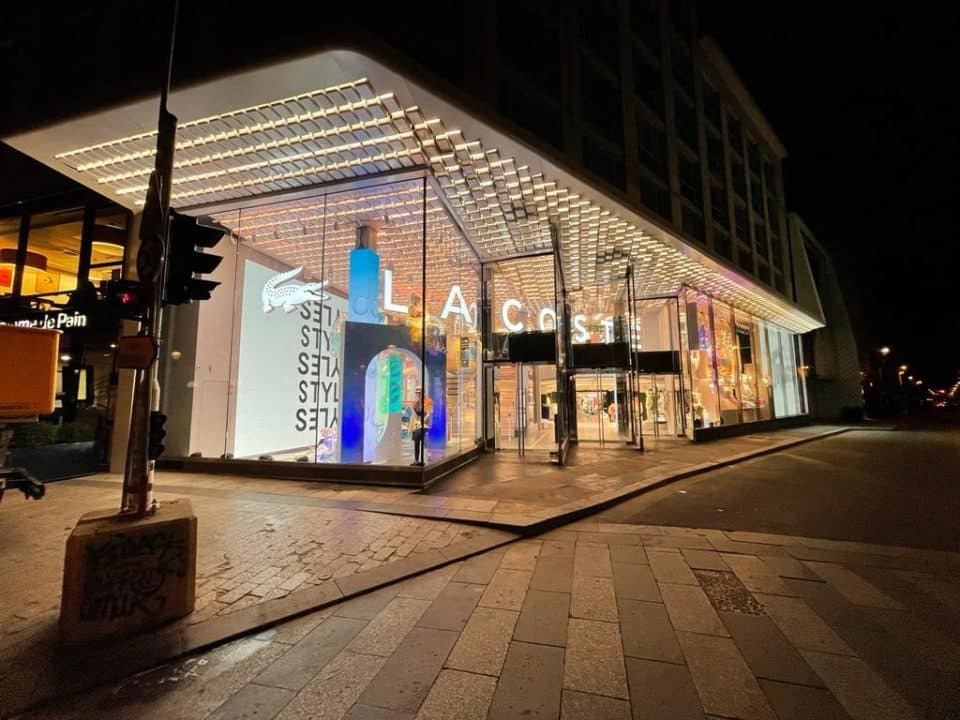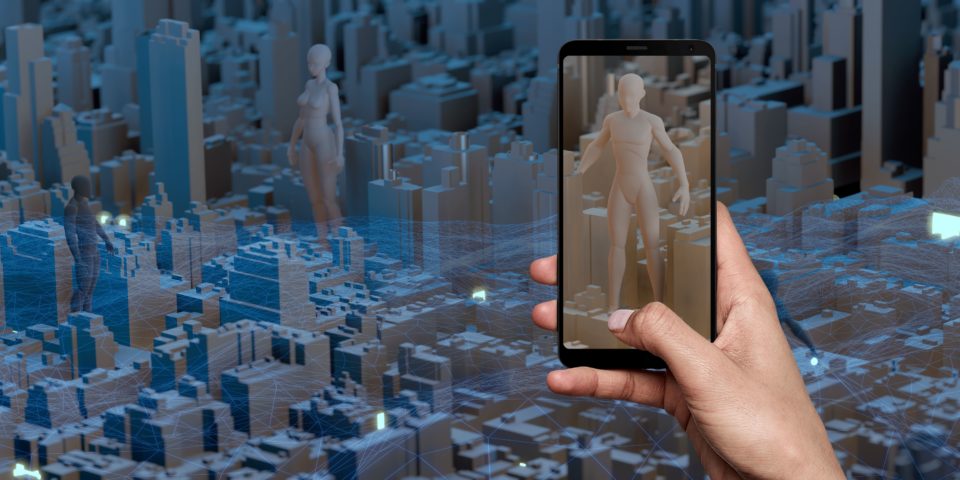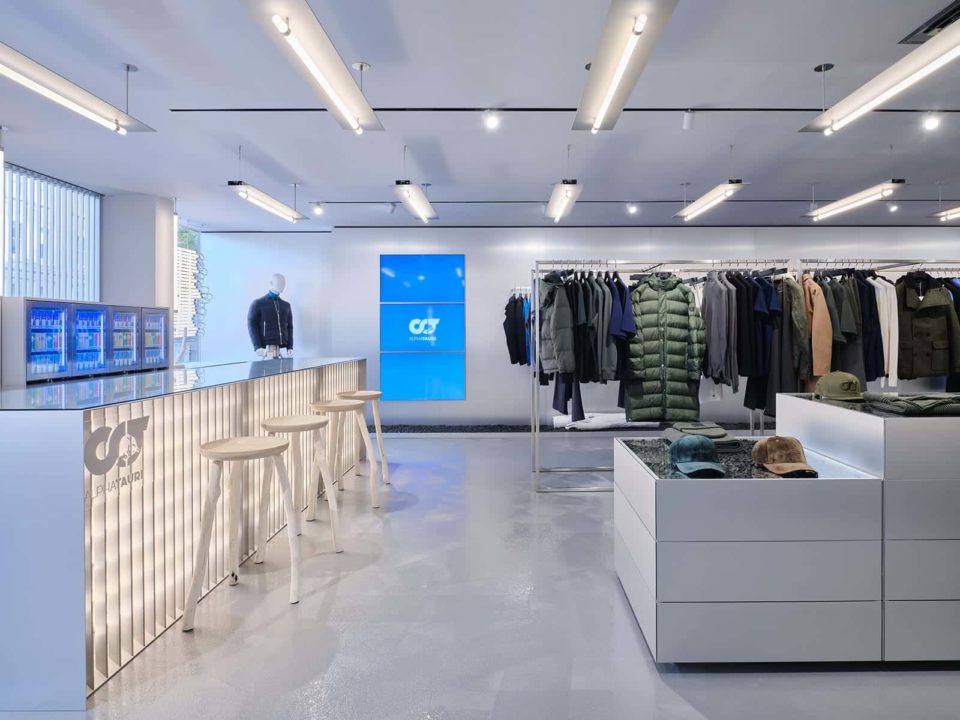Launchpad to success: Digital Catapult on early adoption of advanced digital technologies
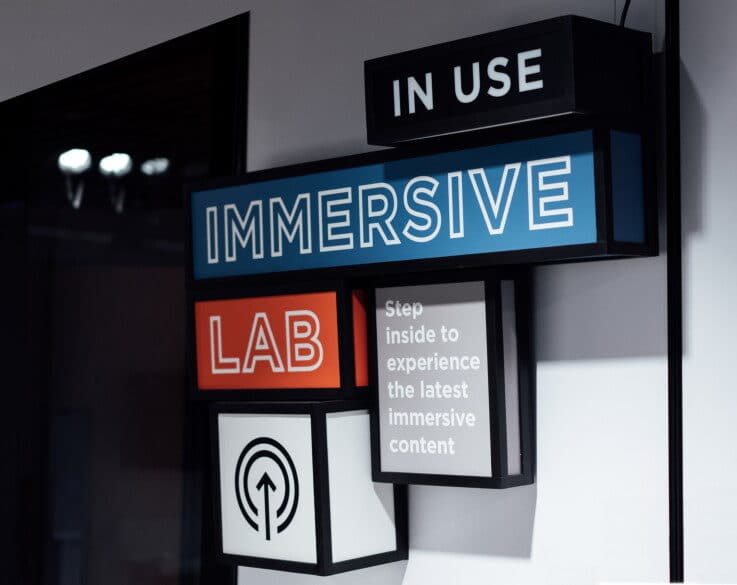
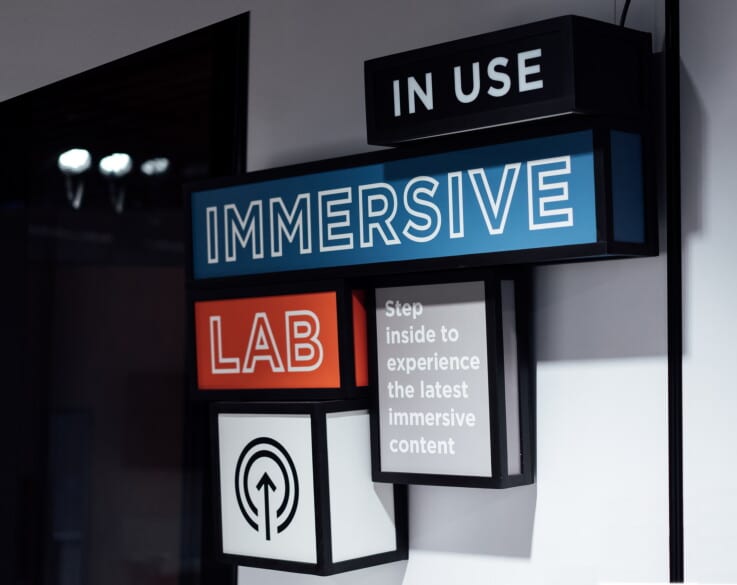
What can digital tech do for the economy? Working with Innovate UK, the UK government’s innovation agency, Digital Catapult works to drive growth in the country’s economy by supporting digital innovation and transformation. It connects research and industry to speed up adoption of the advanced digital technologies changing the world.
We spoke to CEO Jeremy Silver to find out how Digital Catapult’s work translates to retail, which digital technologies we should be focusing on and how these are causing manufacturing and retail models to blend:
Can you describe Digital Catapult in a couple of sentences?
Digital Catapult is part of a network of 10 catapults that have been established by Innovate UK, the UK’s innovation agency. Overall the catapults are all about providing the translational layer or commercialisation layer between work that goes on in academia, universities and the research base and what goes on in industry.
A lot of catapults work in very specific, specialised catapults such as offshore energy, high-value manufacturing and gene therapy, but in a lot of ways we’re the most crosscutting of all of them because digital can be applied in so many different ways.
From our point of view the question really is what do we actually mean by digital? For us digital doesn’t mean what it probably means for a lot of people – it doesn’t mean CRM’s, social media and email. It’s much more about the more advanced digital technologies which we think can really provide a means for companies to grow.
Our purpose in life is really to accelerate the early adoption of advanced digital technologies so that we encourage companies to develop in new sectors to grow, create new jobs, increase productivity and overall drive the benefit of the UK as a whole.
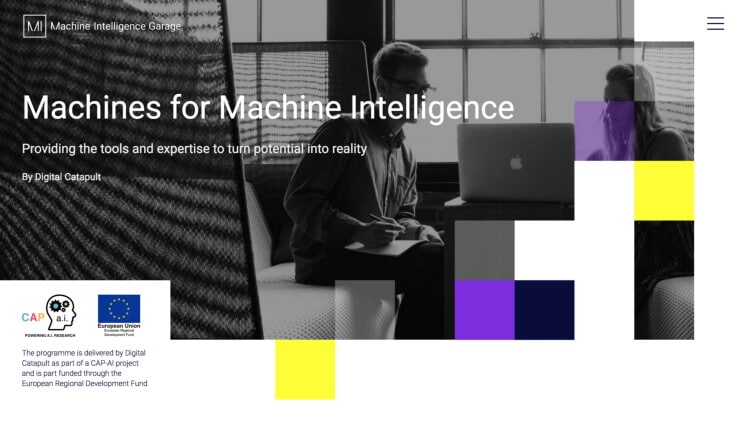
What digital technologies are you referring to?
We don’t expect that we will always mean the same thing because obviously things develop and shift, and as people adopt certain technologies they are no longer seen as advanced. At the moment there are three broad areas that are our main programmes. The first is artificial intelligence and machine learning, and that includes things like big data, data visualisations and different kinds of analytics.
The second is future networks and the way in which networks are developing as new environments for businesses. This includes things like 5G which is the next generation of mobile phone network which is about to be unrolled over the next couple of years. But also, other kinds of networks which are software configurable or can provide different kinds of solutions in different environments.
The third is immersive technology – virtual and augmented reality, haptics and so on. Beyond that there is a fourth area of experimentation which is really about products or technologies that are further away from markets. Most of the things in our core programmes we see as being likely to come into play in the next three to five years. The things in the experimentation area are a bit further out than that. The main thing that is in there at the moment is the use of blockchain in the supply chain and the use of blockchain beyond the financial services sector.
Distributed ledger technology or blockchain is starting to be used by big banks and all sorts of people in financial services today. But it’s not really being used much beyond the financial services sector. We think that there are some really interesting central applications for it which are still some way out.
One of the things about digital technologies is they’re very crosscutting and they can apply in lots of different places. But we’ve tried to focus on two market sectors where we think that there’s significant opportunity for UK companies. The first of those is the creative industries where the UK is incredibly strong and punches above its weight around the world.
And yet at the same time creative industries have seen a huge amount of disruption through the internet and digital technologies. That’s forced changes to the business models inside the creative industries, like the newspaper industry for example. Those models are not yet resolved, so there’s still lots of opportunity but also lots of potential challenges to making those businesses go forward.
There’s a lot to help with there, but there’s also an awful lot of experience that has been learnt. The music industry, which is my background, was probably the first to really be impacted by digital technology and the Internet and to really suffer disruption. A lot of the patterns of disruption and the ways in which that was felt and responded to are things that will actually show up in other sectors as well. Another reason for being focused on creative industries is the potential to actually learn from their experiences and transfer that to other places.
The other sector that we’re focused on is manufacturing. Manufacturing is much more traditional and has been so far much less impacted by digital technology and the internet.
But the UK has got a really interesting opportunity to start to reinvent its manufacturing industries and to grow a new modern digital economy based around manufacturing in a way that I think even five years ago people wouldn’t have thought was likely. The early adoption of advanced digital technologies in that context is a real enabler and a really really powerful tool.
That’s the way that we’re focused in terms of where we put the emphasis in our programmes, even though there are times when we touch on other sectors. As soon as you start talking about the supply chain you end up at retail even though you maybe started with manufacturing. The way that we work is that we engage with innovative businesses in the start-up community and we do a lot of research and spend a lot of time with those companies. We do that partly to understand what are the things that are holding them back, what are the challenges, what are the areas where with a bit of public money they could move further more quickly.
Then we build facilities that help overcome those problems, so we create testbeds or an experimental network or a lab. Then we run programmes and create a framework for collaboration that allows small companies and large companies to work together, academics to come in and bring in their expertise, to help move forward and to overcome those problems, find solutions and develop new products.
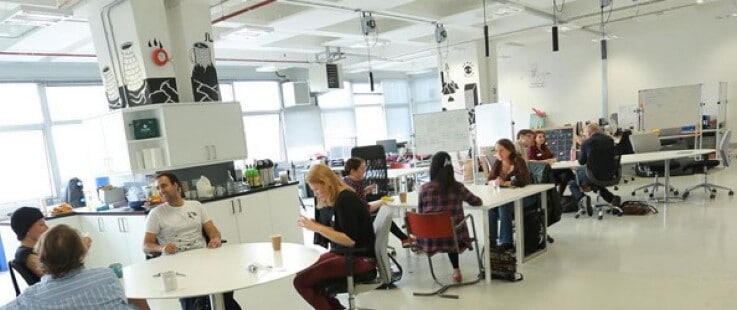
Can you tell us about what the Brighton Centre is working on?
We have four centres around the country and Brighton is one of them. Rather than simply replicating what we do here, each of them is picking up on the strengths and the characteristics of what’s in the local area.
In Brighton there’s a very strong creative industries community and a strong gaming community, and so a lot of the work they’ve been doing has been around virtual reality in the context of those kinds of sectors and looking at the opportunities for virtual reality in that sort of space.
Alongside that, together with the local council and the local LEP, we’ve actually developed the first non-academic testbed for 5G in the UK. We’re looking at using 5G to enable really interesting and new applications where people can, for example, use augmented reality in a mobile environment to start to see information about where they physically are. So to be prompted with information by holding their phone up, whether that’s about offers in that place or historical information or some kind of promotional campaign that might come from a particular reseller or a group of resellers in the environment. There’s all sorts of different ways of using what effectively is another layer of information on top of the world as you walk around in a particular location.
Some of the work we’re doing around 5G is likely to then spill over into what we’re doing in our future of retail strand. The Centre has been looking at one of the Brighton lanes and how you might actually treat an entire street of retail outlets as a kind of living lab.
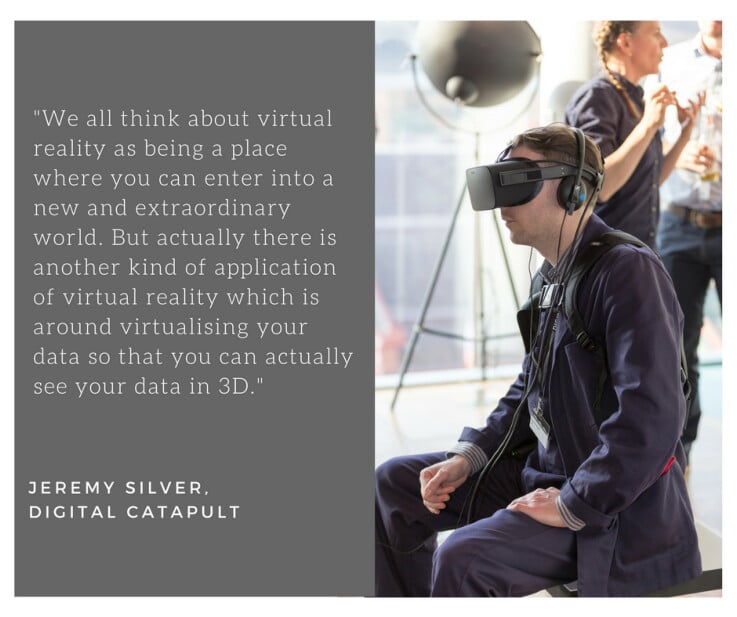
Can you tell me about how retailers could benefit from the things you offer?
One of the things that we’ve been looking at recently is that there are now more and more sensors being deployed in different kinds of environments which help people to track assets and the whereabouts of things. If you’ve got very large quantities of inventory which are being moved around and they’re coming to you from suppliers or sitting in warehouses or they’re finding their way into stores or if they’re in different locations in stores, it’s been relatively expensive in the past to understand where those things are and to have devices that could actually enable you to understand that.
What we’re starting to see now is because the price of sensors is going down and the ability to be able to attach sensors to all kinds of different things, you are now able to start to understand where things are in relation to a particular location or more generally in a region. You can do other things as well. You can track the degree to which your customers are moving around and where customers are concentrating. There are really interesting things around doing that which are to do with actually be able to visualise that in a more vivid way.
We all think about virtual reality as being a place where you can enter into a new and extraordinary world. But actually there is another kind of application of virtual reality which is around virtualising your data so that you can actually see your data in 3D. This means you can walk around it, walk inside and outside of it and look at it from different points of view to start to see patterns and anomalies and the ways in which the data is working in a way that you could never do if you were just looking at a spreadsheet and a bunch of numbers.
One of the other things that happens as a result of being able to deploy sensors is that you get tons of data. You can’t just get a sample that may be reasonably representative, or may not be representative, of what is going on, but you can get all the data and there’s enough computing power around to allow you to actually process that and analyse and visualise that. That means that what you see is much more accurate and how you can respond to it can be much more effective.
You could start to be able to see in real-time the way in which different lighting, different ambience, different music, different promotions in different parts of the store are actually affecting the flow of customers and where customers move to in a store and how long they might spend there. There are lots of challenges in doing that because you don’t want to do that in a way that invades their personal individual privacy, but to actually be able to see the pattern of movement of people I think is really interesting.
There’s lots of opportunity within virtual reality to help people overcome the challenges of not necessarily always being able to try out a dress or suit or a pair of trousers in the store. Retail exists in lots of different places, often just on our smartphones these days, it doesn’t require us to be in a store at all.
One of the biggest challenges has been how you get people to actually try something on in virtual reality. This will be one of those things that has preoccupied people online for a long time. One of the first dot com companies actually was a company that promised that in the UK and it failed disastrously to deliver it. But I think 20 years on companies are starting to actually do that now.
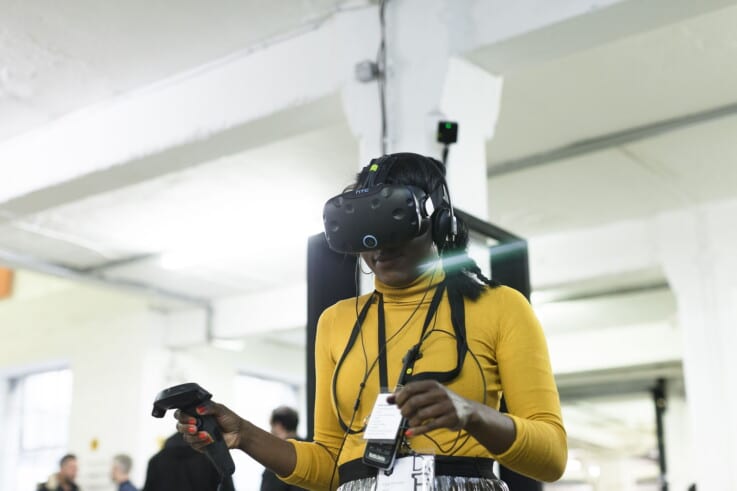
Can you tell us more about this idea of stepping into data?
One of the places where we’re helping make that happen is in the studio that we’ve created in Wimbledon which is called Dimension. Dimension Studio is a virtual reality capture studio of a very special kind because it’s able to capture photo-realistic images, movement and performances. Most of what you’ve probably seen in virtual reality is characters that look like computer generated avatars because that’s exactly what they are.
When we were thinking about this whole area of virtual reality, one of the things was that it’s great that you can create these game-like figures, but there are certain things that would be really cool to be able to do in virtual reality where you want people to look like people actually look. So we went and researched all round the world to find the companies that were able to do this, and there were six or seven of them. In the end the one that we found who was closest to market and had the most impressive offering was actually Microsoft.
We’ve worked with Microsoft and we’ve worked with a company from Gateshead called Hammerhead who are a video and virtual reality production company for quite a few years now. They’re now running Dimension Studio for us and it’s able to create those kinds of images. The other thing they do is create those sorts of data visualisations using the same platform but in a different way. This is really at the leading edge of where things are at the moment. Our studio is only one of three in the world and the other two are in the States, one of which is in Redmond at the Microsoft Campus and the other one is San Francisco.
The thing that’s interesting about it is that it starts to create the opportunity for people to capture realistic and recognisable humans as opposed to computer generated things that are made of polygons. I think from a retail point of view ultimately that will be very interesting because you’ll be able to look at yourself and then actually switch from one outfit to another.
We’ve seen interesting things like that already that people are playing with like the mirrors that you can look in and see yourself wearing a dress. But they’re still not very satisfying experiences. You can see that it’s something that’s been superimposed on you. There’s a degree of realism that you want because you want to know how something is going to fit. You ideally want something that actually understands what the behavior of the texture of the fabric would be, how it would hang, what the cut would look like and we’re still some way from that.
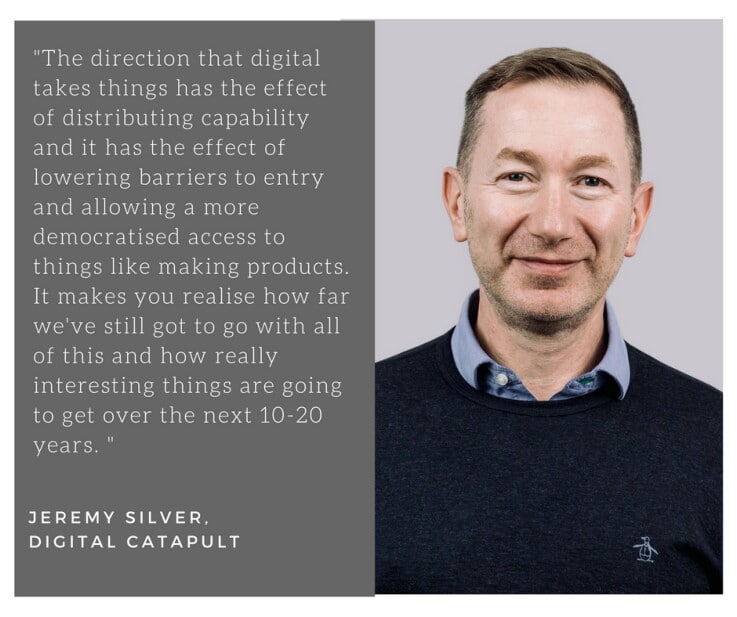
What do you think about how companies are blending their manufacturing and retail, and how digital technology is making this possible?
These technologies are very crosscutting and the effects of that is that it breaks down the silos between different sectors. One of the things that’s really driving that from a manufacturing point of view is what we used to call 3D printing, but now call additive manufacturing.
You no longer need to have a big industrial plant in some remote part of the country to make products. There’s a really interesting company called Open Desk who run a platform in which they curate furniture designs. They allow you, as a consumer or business, to go online and select the design you want. Then they have a network of essentially miniature factories or workshops in various cities around the world. You pick the one closest to you and they then manufacture the piece according to the design. When you go in, there is your desk or your chair or your table waiting for you.
They can do that because Open Desk know that that particular location is one of their chosen sites where the equipment is at the standard that they’ve approved, but they don’t need to be there managing it – that can be a shop that’s doing all kinds of other things as well. That is the beginning of a total change in the way in which manufacturing and consumption start to relate to one another. The traditional business of manufacturing is you have heavy duty manufacturing industry in some industrial quarter of the country and then the supply chain that both feeds it with the components and then distributes out the products around the world.
This model says you don’t need to be in some big industrial site somewhere, that what you need is a series of lightweight outlets that might be in a shopping mall or might be a shop where people can go in and collect the products. The model doesn’t have to be that you go online, you could go to the shop and see the product and buy it there on the spot. But the point is that the inventory is managed by a platform that doesn’t require anything to be delivered to the store other than the raw material to actually make the furniture.
This notion of the more personalised, more customisable product that is distributed at a software level, but then is actually manufactured and produced locally, creates a complete change to the whole way that we think about manufacturing industry, about supply chains, about the freight industry. The effect to this is very profound.
I think for consumers and for manufacturers it’s very exciting as well because it means that they’re much more efficient. You’ve got fewer players in between a manufacturer and a customer. It means that the end user is able to be more specific about what they want and to have more personalised products. It also means there’s the potential to have an ongoing relationship between the manufacturer and the customer in a way that has been difficult for people who make physical things before.
The direction that digital takes things has the effect of distributing capability and it has the effect of lowering barriers to entry and allowing a more democratised access to things like making products. It makes you realise how far we’ve still got to go with all of this and how really interesting things are going to get over the next 10-20 years.
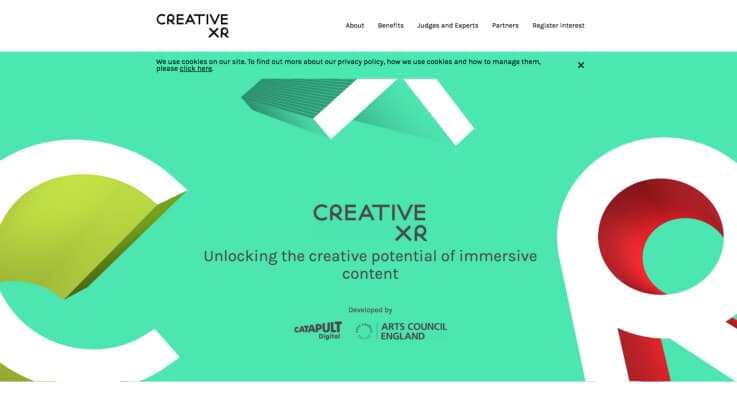
What are the three most inspiring or forward-thinking start-ups you have come across?
I’ve got to go back and say that Hammerhead who are doing this really groundbreaking work in virtual reality are definitely going to some really interesting places. Alongside them, and complementing them, is Imaginarium Studios which is Andy Serkis’ company who are developing motion capture technology in new ways. They’re two companies that are both working in the virtual reality, augmented reality space doing complementary things where I’d say they both early stage businesses who are leading the world.
We’ve got lots of really cool companies, and others I could mention like Rewind who just did the space walk that emulates Tim peaks walk around the actual space station. But the difference is that Hammerhead and Imaginarium are running studio facilities, so they’re at the leading edge of the technology itself and allowing other people to come in and produce really cool content. They’re continuing to research and expand it and make it more sophisticated and they’re doing that with universities and they’re doing that with other companies.
Another company that is super amazing and have a really interesting application in retail, although they haven’t developed it yet, is a company called Smartify. Smartify is Shazam for paintings. You basically hold up your phone over a painting in the National Gallery and on the screen will come a whole lot of information about who painted the painting and what the history of the story behind the painting was. It allows you to capture an image of it on your phone so you can remember it as a favorite and go back and revisit the tour of The National Gallery that you made when you walked around. They focused on art, but I think there’s potentially an enormous application in retail as well for that.
With things like virtual reality, the reason why it’s cool at the moment is because it’s the leading edge of things and people haven’t done this very much before. I think what’s really interesting is how that then becomes mainstream in due course and which things will take off. At the moment a lot of it is quite promotional, but in time it’s going to become the way we do things.
Images courtesy of Digital Catapult

